Landforms Teaching Resources
Are you teaching about the different major landforms this school year? Get worksheets, activities and more for your lesson plans — all created by teachers for teachers like you!
This collection of printables and digital teaching resources is aligned with the Australian HASS curriculum and includes editable options so you can meet standards while also differentiating your instruction to meet individual student needs.
New to teaching this portion of the curriculum or just looking for fresh ideas? Here's a quick refresher from the science teachers at Teach Starter!
What Is a Landform? A Definition for Kids
By definition, a landform is a natural feature of the planet Earth — everything from mountains to valleys.
We teach kids that landforms have recognisable shapes, such as the cavernous shape of a valley or the high peak of a mountain, and it's important to point out that these features can come in a variety of sizes. A hill may be smaller than a mountain, but it's still a landform.
You likely know Australia is a geographically diverse country (and continent!) with many landforms, including mountains, plains and valleys. So how do you teach this concept in your classroom? We thought you'd never ask!
How to Teach About Landforms
Many different teaching resources can be used to teach landforms to students of all ages. Here are a few ideas to get you started:
- Maps — Maps are an excellent resource for teaching landforms, as they allow students to see the location and shape of different features. You can use physical maps, such as a printable blank map, or digital interactive activities to introduce your students to new places.
- Hands-on activities — Hands-on activities are a great way to engage students in the study of landforms and help them understand the concepts in a more concrete way. Some ideas might include landform matching activities, landform sorts, bingo games and more.
- Practice Activities —Practise makes perfect, so any type of teaching material that builds in that practise is great for learning about landforms. You could have a look at our map labelling worksheets, geography matching activities, and printable map quizzes.
Why Should Kids Learn About Landforms?
There are many reasons why kids should learn about landforms. Here are a few:
- Landforms are a fundamental part of the natural world, and they shape the environment in which we live. By learning about landforms, kids can better understand how the Earth's surface has evolved over time and how it continues to change today.
- Landforms are an important aspect of geography, and learning about them can help kids develop a sense of place and an appreciation for the diversity of the world around them. It can also help them understand the relationships between different landforms and how they influence human activity.
- Landforms can be used as a way to teach kids about science and the scientific method. By studying landforms, kids can learn about the processes that shape the Earth's surface, such as erosion and tectonic activity. They can also develop critical thinking skills by formulating hypotheses and testing them through observation and experimentation.
- Plus Plan
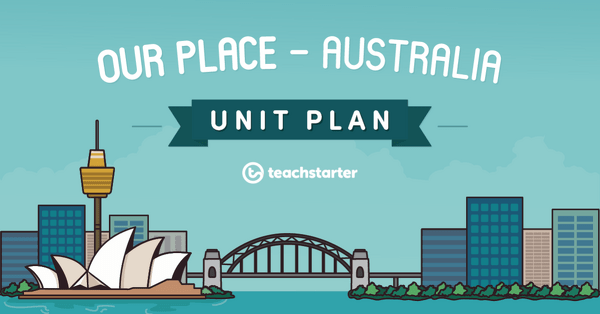
Mountains of Australia
A 60 minute lesson in which students will identify, describe and locate mountains in Australia.
- Plus Plan
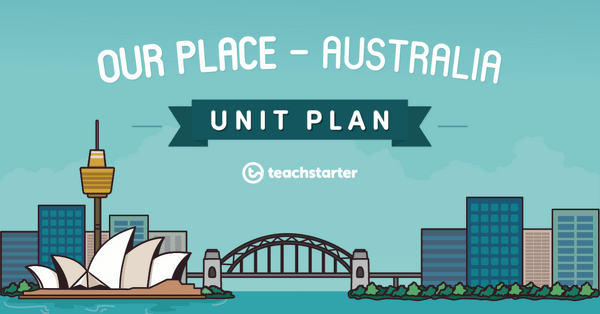
Rivers of Australia
A 60 minute lesson in which students will identify, describe and locate rivers in Australia.
- Plus Plan
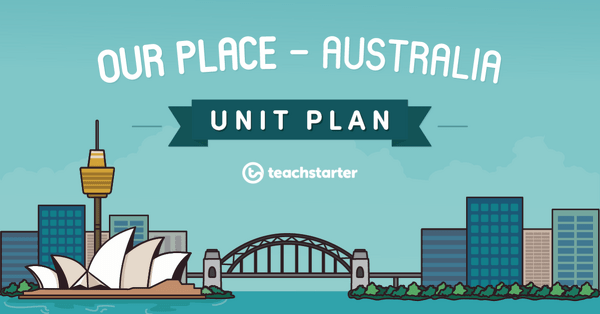
Australian Capital Cities and Regional Centres
A 60 minute lesson in which students will investigate the geographical location of capital cities and regional centres around Australia.
- Plus Plan
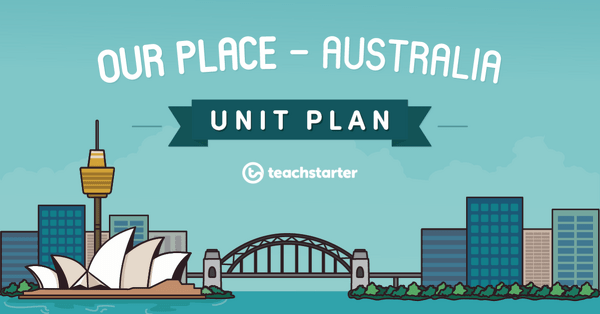
Great Southern Land
A 60 minute lesson in which students will explore the natural and human features of Australia.
- Plus Plan
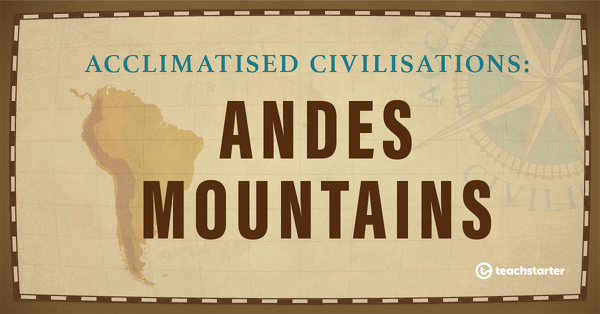
The Andes Mountains
A 60-minute lesson in which students learn how people lived in and adapted to the alpine environment in the Andes Mountains.
- Plus Plan
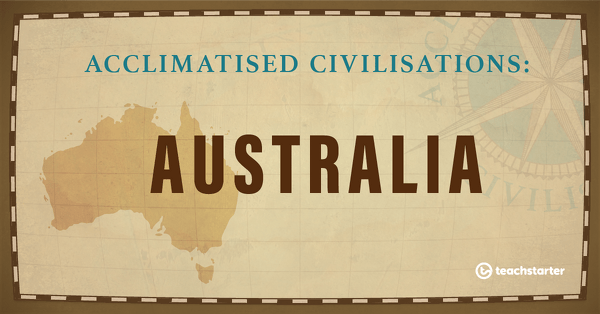
Australia
A 60-minute lesson in which students learn how people lived in and adapted to the environment in Australia.